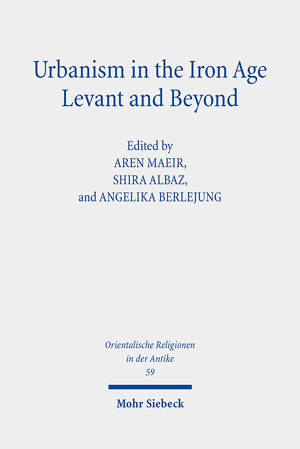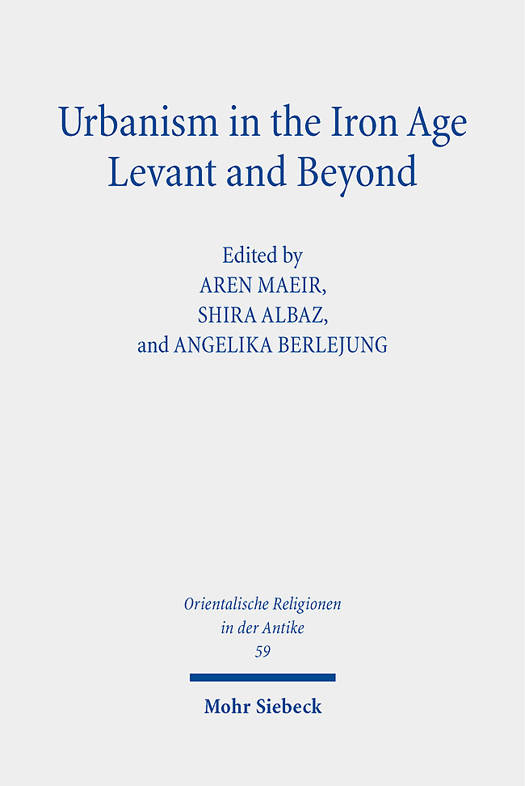
- Afhalen na 1 uur in een winkel met voorraad
- Gratis thuislevering in België vanaf € 30
- Ruim aanbod met 7 miljoen producten
- Afhalen na 1 uur in een winkel met voorraad
- Gratis thuislevering in België vanaf € 30
- Ruim aanbod met 7 miljoen producten
Zoeken
Urbanism in the Iron Age Levant and Beyond
Research on Israel and Aram in Biblical Times VII
€ 177,95
+ 355 punten
Omschrijving
Many significant finds related to urbanism in the Iron Age Levant have been uncovered in the last decades, warranting synthetic treatments combining these finds with theoretical approaches. Furthermore, the fascinating advances in the theoretical study of ancient urbanism in recent years, have enabled much more complex and multifaceted approaches to the study of ancient cities. These advances have raised many new questions and ideas, and, in some cases, overturned long held assumptions about urbanism and its very definition. This volume - born out of the conference "Urbanism in the Iron Age Levant and Beyond'" held at Bar-Ilan University, Ramat-Gan, Israel, on September 18-22, 2022 - represents a diverse cross-section of studies on archaeological, textual, and theoretical aspects relating to urbanism in the ancient Levant during the Iron Age (ca. 1200-600 BCE). In addition, the contributions examine urban-related phenomena in other cultures, regions, and periods, providing a broad overview of evidence for ancient cities in antiquity from both archaeological and textual perspectives.
Specificaties
Betrokkenen
- Uitgeverij:
Inhoud
- Aantal bladzijden:
- 549
- Taal:
- Engels
- Reeks:
- Reeksnummer:
- nr. 59
Eigenschappen
- Productcode (EAN):
- 9783161641992
- Verschijningsdatum:
- 5/03/2025
- Uitvoering:
- Hardcover
- Formaat:
- Genaaid
- Afmetingen:
- 170 mm x 239 mm
- Gewicht:
- 1106 g

Alleen bij Standaard Boekhandel
+ 355 punten op je klantenkaart van Standaard Boekhandel
Beoordelingen
We publiceren alleen reviews die voldoen aan de voorwaarden voor reviews. Bekijk onze voorwaarden voor reviews.










